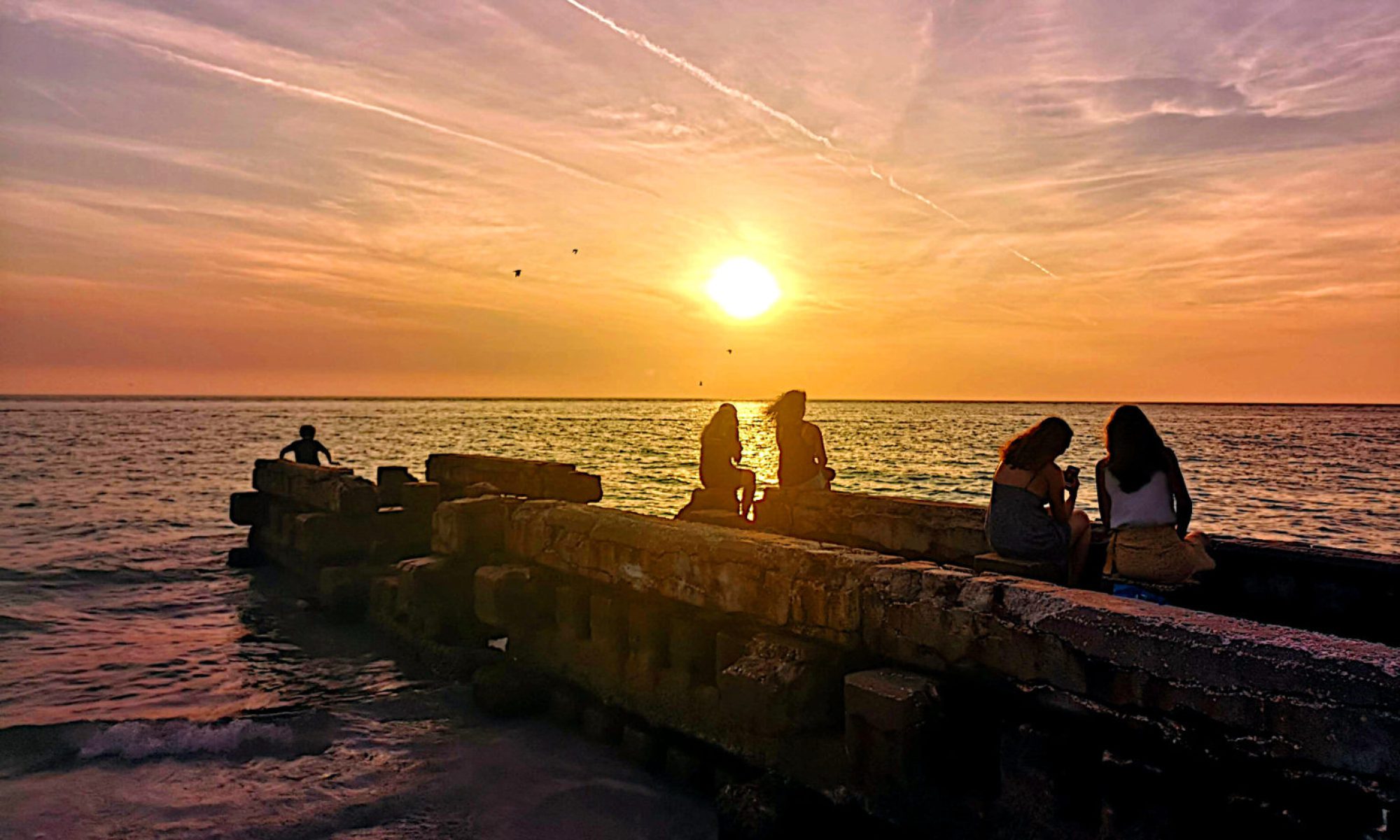Note: This is a version of my personal newsletter, which I send out via Ghost, the open-source publishing platform. You can see other issues and sign up here.
In the mid-1800s, travelers moving up and down the Hudson River would have been witness to an abnormal sight: Mayan ruins and artifacts a thousand miles north of where they should be. Some of the settlers in that area seem to have felt something of an inferiority complex toward the antiquities of Europe, and one of those was John Cruger, who owned an island on the Hudson that now carries his name. In 1840, while in Honduras, he purchased the land containing the ruined city of Copan for $50, and took casts of the collapsed buildings and sent them north. They were assembled in New York, and Cruger would show them off to his guests by taking midnight boat rides.

Deepfakes of celebrities are showing up in ads
Last year, Russian telecommunications company MegaFon released a commercial in which a simulacrum of Hollywood legend Bruce Willis helps defuse a bomb. Just last week, Elon Musk seemed to star in a marketing video from real-estate investment startup reAlpha Tech Corp. And last month a promotional video for machine-learning firm Paperspace Co. showed talking semblances of the actors Tom Cruise and Leonardo DiCaprio. None of these celebrities ever spent a moment filming these campaigns. In the cases of Messrs. Musk, Cruise and DiCaprio, they never even agreed to endorse the companies in question.

How a ranger accused of rape ran a state park without scrutiny
They call it “The Kingdom,” and for three decades, Michael J. Browning was the king. Since 1991, Browning has presided over Gunpowder Falls State Park, 18,000 acres of woodlands and meadows, beaches and boating areas and historic sites in Baltimore and Harford counties. He raced through the park on his motorcycle, crowning favorites, tormenting those who challenged him and violating state park policy, former employees say. Now Browning, 71, is in jail in Baltimore County, awaiting trial on charges that he raped and sexually assaulted a young woman who worked for him on state property. Browning denies the charges.

The Asian songbird crisis is getting worse
Globally, the trade in wildlife is worth billions of dollars. Yes, billions. In South-East Asia, and particularly Indonesia, demand for caged birds is so intense that what forests remain have been emptied of their songbirds in many places. It is estimated that one-third of Java’s 36 million households keep between 66 and 84 million birds. That may be more birds behind bars than left in the wild. Indonesia is the major market for cage-birds, which are harvested from across Java, Borneo, Sumatra and Peninsular Malaysia, although trade is also intense further north in China, Taiwan and Vietnam. Some wild-caught birds even come from as far afield as East Africa. Birds are sold openly in markets and, increasingly, online.

You can make money selling pictures of feet
Foot fetishism is one of the oldest and most common sexual fetishes. The ancient Greek philosopher Philostratus wrote erotic poems titled To a Barefoot Woman and To a Barefoot Boy. More recently, in 2008, an Israeli computer programmer launched wikiFeet, a website dedicated to sharing and rating photos of celebrities’ famous soles. But the latest spate of #feetpics content presents podiatric photography not simply as a popular fetish, but as a savvy financial investment. One woman in the UK, claimed a customer once paid her £15,250 for a picture of one of her foot wrinkles. Another woman on TikTok declared that people were making $70,000 selling pictures of their insteps.

How hackers used Wi-Fi drones to snoop on a financial firm
An incident reportedly occurred over the summer at a US East Coast financial firm. The firm spotted unusual activity on its network, so a security team responded and found that a user whose MAC address was used to gain access to the Wi-Fi network was also logged in at home several miles away. The team traced the Wi-Fi signal and used a Fluke system to identify the device. This led the team to the roof, where two modified drones were found. One had a modified Wi-Fi “Pineapple” device, used for network penetration, and the second was carrying a case with a Raspberry Pi, several batteries, a GPD mini laptop, a 4G modem, and another Wi-Fi device.

